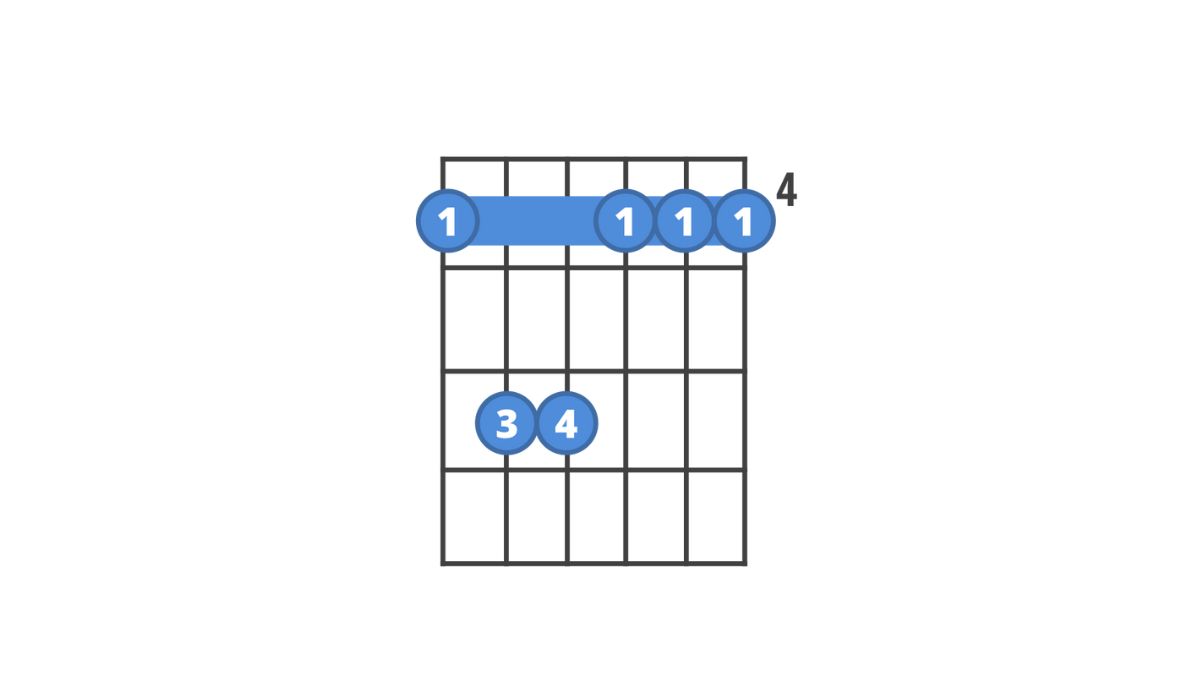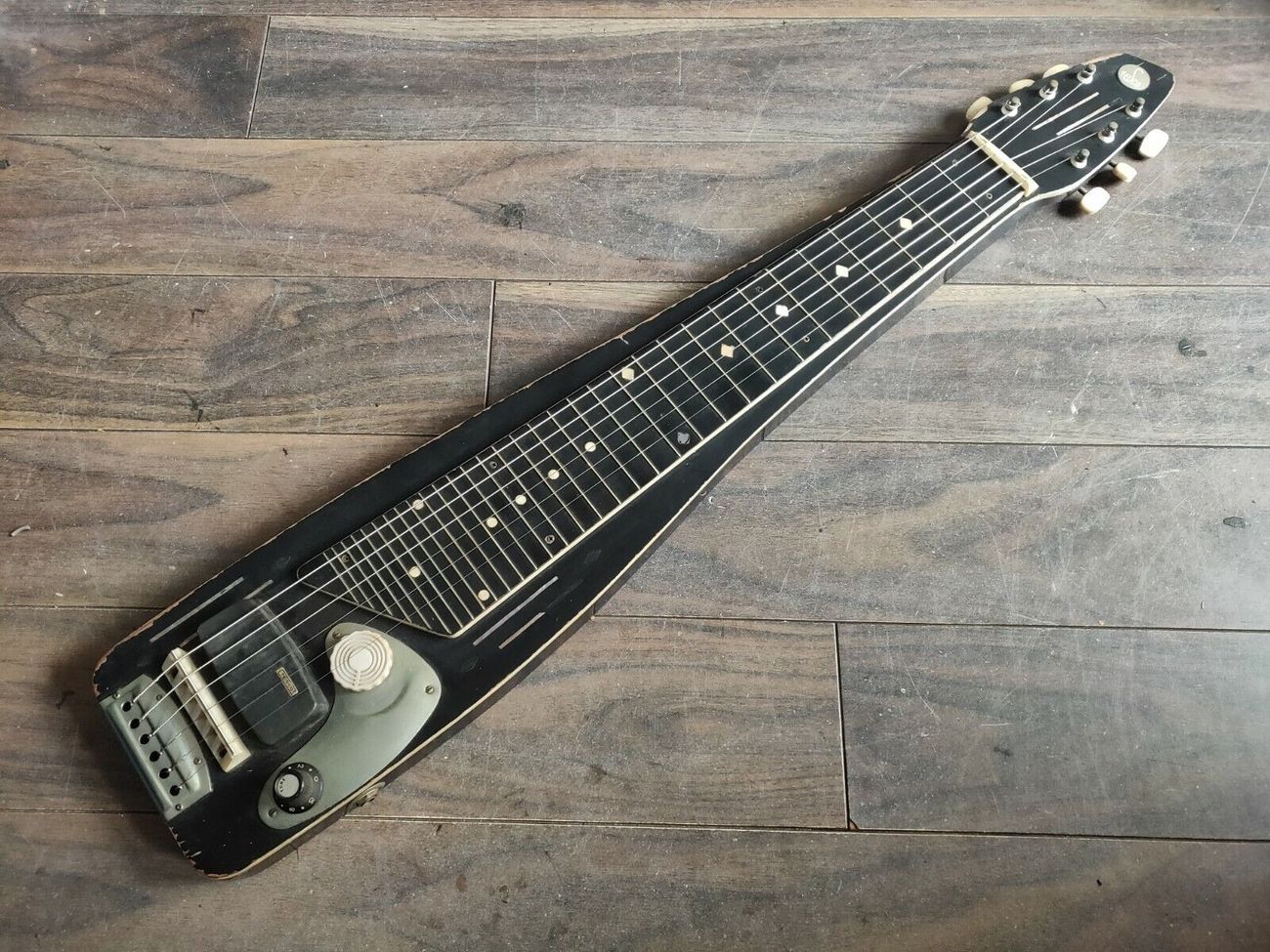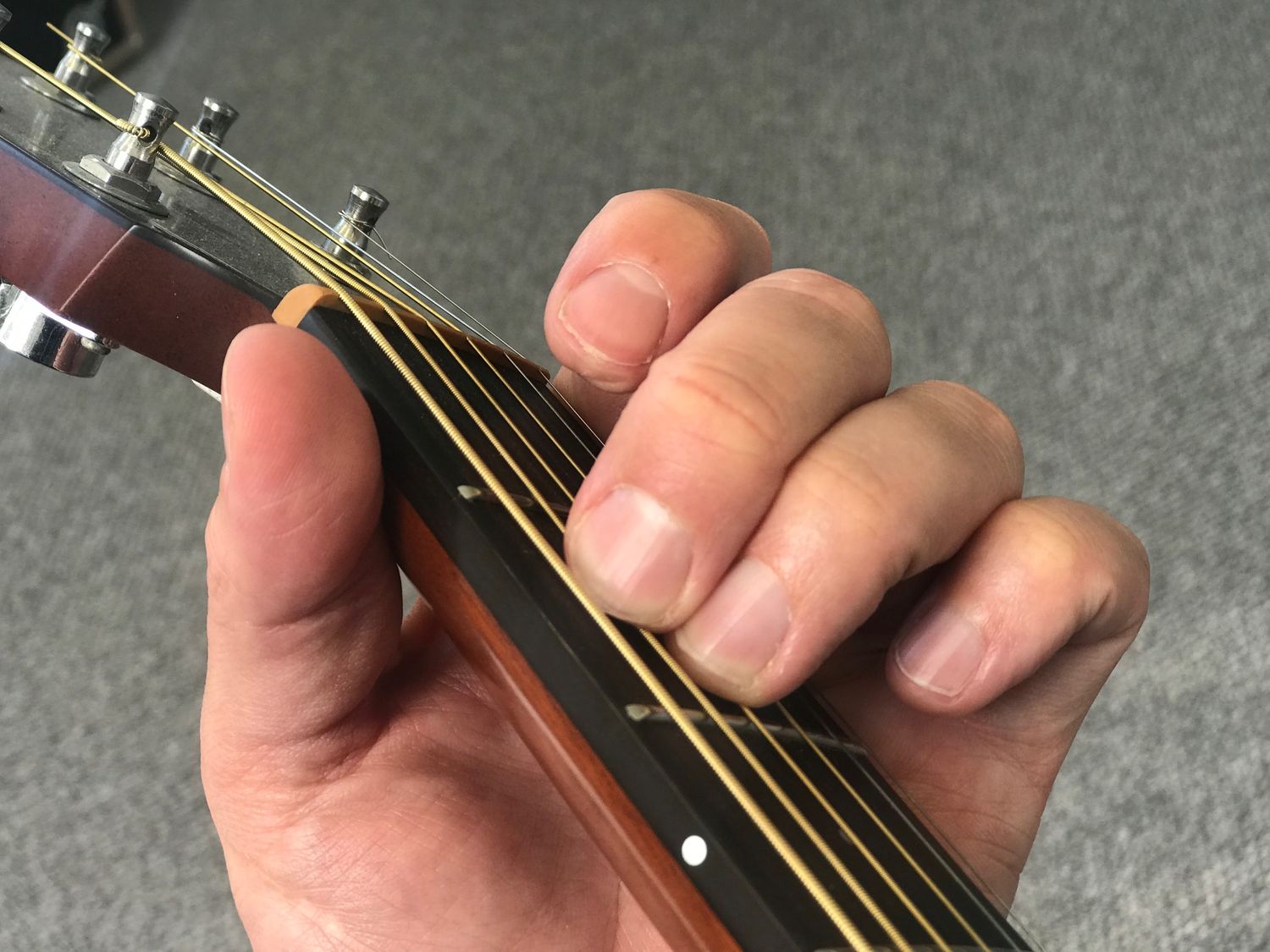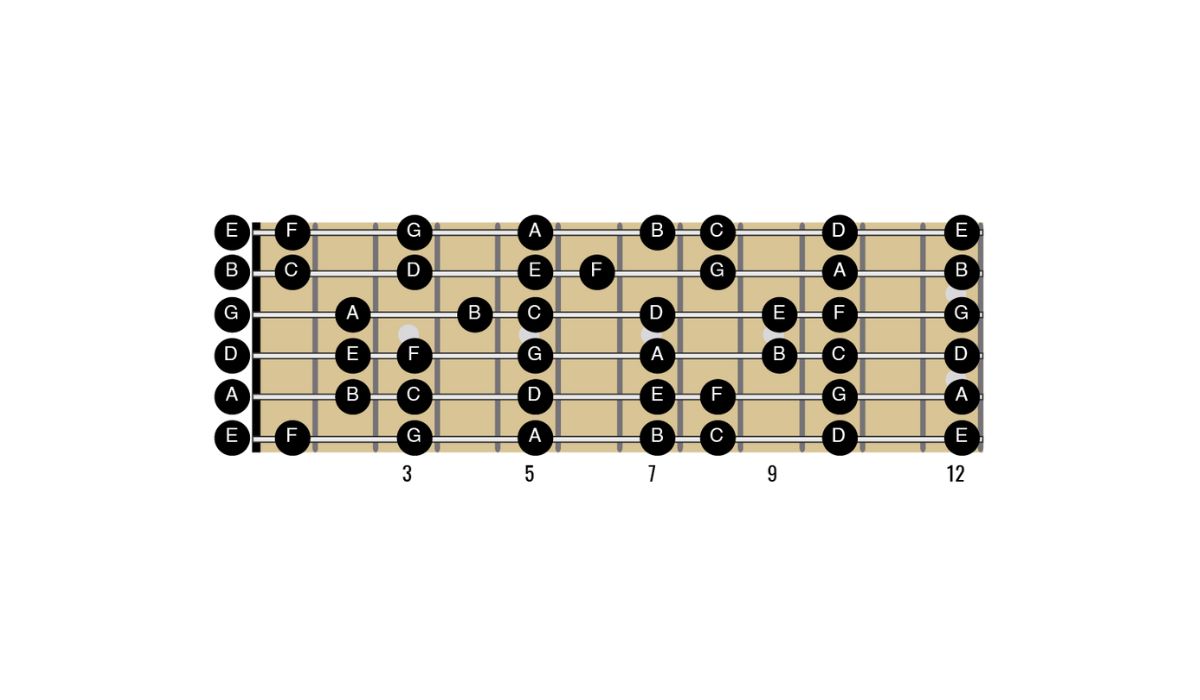Home>Instruments>Guitar>How To Play G Minor On Guitar


Guitar
How To Play G Minor On Guitar
Published: February 13, 2024
Learn how to play G minor on guitar with our step-by-step guide. Master the basics and start playing your favorite songs in no time!
(Many of the links in this article redirect to a specific reviewed product. Your purchase of these products through affiliate links helps to generate commission for AudioLover.com, at no extra cost. Learn more)
Table of Contents
Introduction
Playing the guitar is a rewarding and enriching experience that allows individuals to express their creativity and emotions through music. One of the fundamental aspects of mastering the guitar is understanding and implementing various scales and chords. In this article, we will delve into the captivating world of the G minor scale and explore how to play it on the guitar.
The G minor scale is a versatile and widely used scale in various musical genres, including rock, blues, jazz, and more. By mastering the G minor scale, guitarists can add depth and emotion to their playing, creating captivating melodies and solos. Whether you're a beginner guitarist eager to expand your repertoire or an experienced player looking to enhance your skills, learning the G minor scale is a valuable asset in your musical journey.
Throughout this article, we will unravel the intricacies of the G minor scale, from understanding its structure and intervals to mastering the chord shapes associated with it. Additionally, we'll provide practical guidance on playing the G minor scale on the guitar, along with exercises to help you internalize and fluently execute this essential scale.
By the end of this comprehensive guide, you will have a solid foundation in playing the G minor scale on the guitar, empowering you to infuse your music with the evocative sounds of this captivating scale. So, grab your guitar, tune your strings, and let's embark on an enriching musical exploration of the G minor scale.
Understanding the G Minor Scale
Before delving into the practical aspects of playing the G minor scale on the guitar, it’s essential to grasp the theoretical underpinnings of this fundamental musical element. The G minor scale is a melodic treasure trove that infuses compositions with a sense of depth, melancholy, and emotional richness.
The G minor scale follows a specific sequence of intervals, which gives it a distinct and evocative sound. In the case of G minor, the scale consists of the following notes: G, A, Bb, C, D, Eb, and F. This sequence of notes forms the foundation of the G minor scale and serves as the building blocks for creating captivating melodies and harmonies.
One of the defining characteristics of the G minor scale is the presence of a minor third interval, which contributes to its somber and introspective quality. Additionally, the inclusion of the minor sixth and minor seventh intervals further enhances the scale’s emotive and expressive nature, making it a powerful tool for conveying a wide range of emotions through music.
Understanding the structure and intervals of the G minor scale is crucial for guitarists looking to incorporate its captivating sounds into their playing. By familiarizing yourself with the notes that comprise the G minor scale and internalizing its unique tonal qualities, you pave the way for creating compelling musical expressions and connecting with your audience on a profound level.
As we continue our exploration of the G minor scale, we will delve into the practical application of this scale on the guitar, including chord shapes and scale patterns that enable you to bring its captivating essence to life through your playing.
G Minor Chord Shapes
Mastering the G minor chord shapes is a pivotal aspect of harnessing the expressive potential of the G minor scale on the guitar. By familiarizing yourself with these chord shapes, you can effortlessly infuse your playing with the emotive and evocative qualities inherent in the G minor scale.
One of the most common G minor chord shapes is the open G minor chord, which is played by placing your fingers on the fretboard in a specific formation. To play the open G minor chord, place your index finger on the first fret of the B string, your middle finger on the second fret of the D string, and your ring finger on the third fret of the low E string. Strumming all the strings except the high E string produces the full, resonant sound of the G minor chord.
Another essential G minor chord shape is the barre chord, which allows for versatility and mobility across the fretboard. To play the G minor barre chord, bar your index finger across all the strings at the third fret and form an E minor shape with your remaining fingers. This formation creates the rich and haunting sound of the G minor barre chord, offering a broader range of tonal possibilities.
Furthermore, exploring variations of the G minor chord shapes, such as Gm7 and Gm9, adds depth and complexity to your chord vocabulary, enabling you to imbue your music with nuanced expressions and captivating textures.
By mastering these G minor chord shapes and their variations, you equip yourself with the tools to convey a spectrum of emotions and moods through your guitar playing. Whether you’re crafting soulful ballads, melancholic melodies, or intense rock riffs, the G minor chord shapes serve as a gateway to unlocking the expressive potential of the G minor scale, empowering you to connect with your audience on a profound and emotive level.
Playing G Minor Scale on Guitar
Now that we’ve explored the theoretical and chordal aspects of the G minor scale, it’s time to dive into the practical application of playing this evocative scale on the guitar. Mastering the G minor scale on the fretboard opens up a world of melodic possibilities, allowing you to weave captivating musical narratives and express a wide range of emotions through your playing.
To play the G minor scale on the guitar, we’ll start with the foundational G natural minor scale, also known as the relative minor of Bb major. The G natural minor scale consists of the following notes: G, A, Bb, C, D, Eb, and F. These notes span across the fretboard, and familiarizing yourself with their positions forms the basis of playing the G minor scale fluently and melodically.
One of the most common ways to play the G minor scale is in the open position, utilizing open strings to achieve a resonant and vibrant sound. By starting on the third fret of the low E string with your middle finger and following the sequence of notes up the fretboard, you can ascend and descend through the G minor scale, immersing yourself in its emotive and evocative tonal landscape.
Furthermore, exploring the G minor scale in different positions and octaves across the fretboard enhances your versatility and enables you to craft dynamic and expressive melodies. By familiarizing yourself with scale patterns and positions, you can fluidly navigate the fretboard, infusing your music with the captivating sounds of the G minor scale.
As you delve into playing the G minor scale on the guitar, pay attention to the nuances of each note, striving for clarity, precision, and emotional resonance. Experiment with varying dynamics, articulations, and phrasing to imbue the G minor scale with your unique musical voice, creating compelling and evocative melodies that resonate with your audience.
By mastering the art of playing the G minor scale on the guitar, you unlock a world of expressive possibilities, allowing you to convey a myriad of emotions and moods through your music. Whether you’re crafting introspective ballads, soul-stirring solos, or haunting melodies, the G minor scale serves as a powerful vehicle for musical storytelling and emotional connection.
G Minor Scale Exercises
Practicing targeted exercises is a fundamental aspect of mastering the G minor scale on the guitar, enhancing your dexterity, fluency, and overall command of the instrument. These exercises not only fortify your technical proficiency but also deepen your musical understanding, allowing you to internalize the nuances of the G minor scale and incorporate it seamlessly into your playing.
One effective exercise for mastering the G minor scale involves ascending and descending through the scale in various positions on the fretboard. Begin by playing the G natural minor scale in the open position, then gradually move up the fretboard, playing the scale in higher positions. This exercise strengthens your familiarity with the scale across the entire span of the guitar neck, fostering a comprehensive command of its melodic potential.
Another valuable exercise is practicing the G minor scale in sequences, such as playing the scale in thirds or fourths. By articulating the scale in these sequential patterns, you refine your finger coordination and melodic agility, cultivating a fluid and expressive execution of the G minor scale.
Furthermore, incorporating rhythmic variations into your G minor scale practice routine enhances your rhythmic precision and phrasing. Experiment with different rhythmic patterns, accents, and subdivisions while playing the scale, infusing it with dynamic energy and musical vitality.
Exploring arpeggios derived from the G minor scale is another enriching exercise that expands your harmonic and melodic vocabulary. By practicing G minor arpeggios in various positions and inversions, you deepen your understanding of the scale’s harmonic structure, fostering a seamless integration of arpeggios into your improvisational and compositional endeavors.
Additionally, integrating the G minor scale into musical contexts, such as improvisation over backing tracks or playing along with songs in the key of G minor, provides practical and immersive exercises that reinforce your ability to apply the scale in real-world musical scenarios.
Consistent and focused practice of these exercises cultivates a profound connection with the G minor scale, empowering you to wield its emotive power with confidence and artistry. As you diligently engage with these exercises, you’ll witness a tangible enhancement in your ability to express a diverse range of emotions and musical ideas through the evocative sounds of the G minor scale.
Conclusion
Congratulations on embarking on a captivating journey into the realm of the G minor scale on the guitar. Throughout this comprehensive guide, we’ve delved into the theoretical foundations, practical applications, and enriching exercises that equip you with the skills to master this evocative scale and infuse your music with its emotive essence.
By understanding the structure and intervals of the G minor scale, you’ve gained insight into its melancholic and introspective qualities, laying the groundwork for creating compelling musical expressions that resonate with depth and emotion. Exploring the G minor chord shapes has expanded your harmonic palette, enabling you to craft soul-stirring melodies and harmonies that captivate listeners and evoke a wide spectrum of feelings.
As you’ve delved into playing the G minor scale on the guitar, you’ve honed your technical proficiency and melodic sensibilities, unlocking a world of expressive possibilities. Through targeted exercises and diligent practice, you’ve internalized the nuances of the G minor scale, fostering a deep connection with its captivating sounds and integrating it seamlessly into your musical repertoire.
As you continue your musical journey, remember that mastery is a lifelong pursuit, and each step you take in exploring the G minor scale enriches your artistic expression and musical fluency. Whether you’re crafting poignant ballads, soulful solos, or dynamic compositions, the G minor scale serves as a powerful vehicle for conveying a myriad of emotions and narratives through your guitar playing.
So, pick up your guitar, immerse yourself in the evocative sounds of the G minor scale, and let your musical creativity flow. Embrace the depth, the melancholy, and the emotional richness of this captivating scale, and allow it to elevate your playing to new heights of expression and artistry. With dedication, passion, and a deep understanding of the G minor scale, you possess the tools to weave captivating musical stories that resonate with audiences and leave an indelible impact.
May your musical journey be filled with inspiration, discovery, and the profound beauty of the G minor scale.











